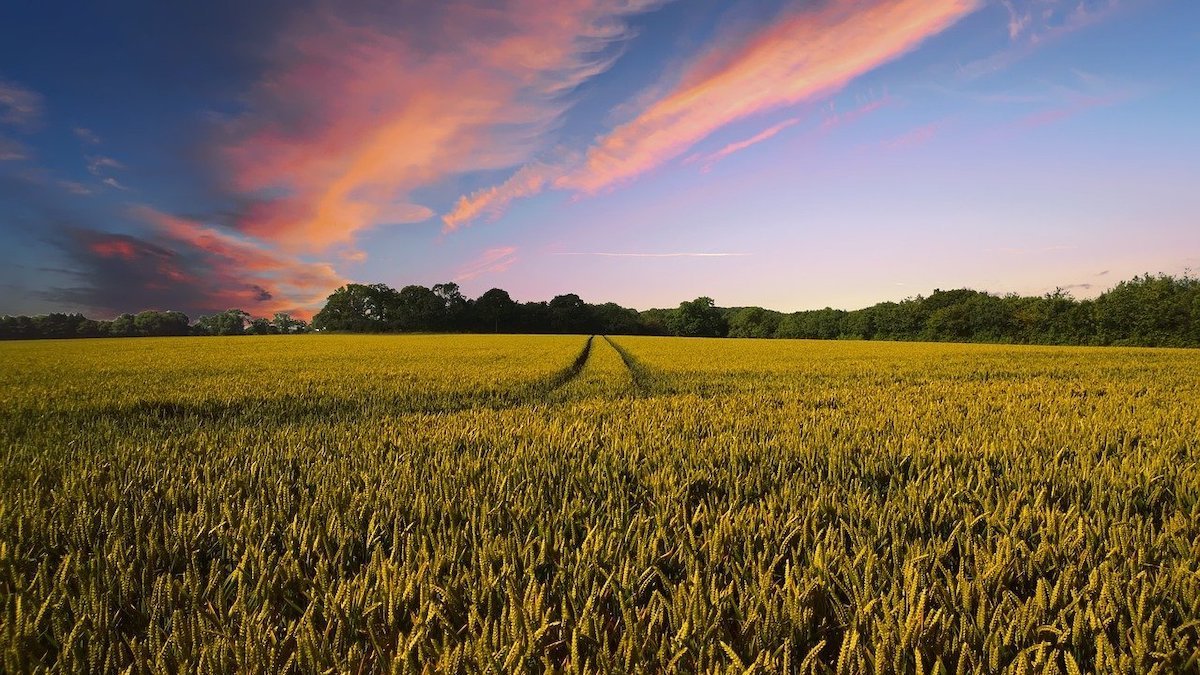Iowa's rural economy, predominantly a workforce of farmers and blue-collar laborers, has seen growth this month. | Pixabay
Iowa's rural economy, predominantly a workforce of farmers and blue-collar laborers, has seen growth this month. | Pixabay
Iowa's rural economy, predominantly a workforce of farmers and blue-collar laborers, has seen growth this month, according to a Main Street bankers survey released last week.
In an Oct. 16 article by the Business Record, it was reported that Iowa's index rose to 52.3 this month, according to the Rural Main Street Index by Creighton University. Iowa's index was at 46.5 in September.
The Rural Main Street Index surveys a region across ten sates, with an emphasis on roughly 200 communities with average populations of 1,300. The index ranges between 0 and 100, with a score of 50 meaning neutral growth.
The survey found that Iowa's rural economy was strengthened by the state's farmland price and new hiring indexes, which rose eight points and .2 points respectively from September. The index has grown for six straight months, and has reached its highest level since January.
However, from last month to October, Iowa lost 43,000 jobs, or 6.4% of its non-farm economy.
“Current commodity prices and subsidies are making the ag economy look better, but the drought has significantly reduced corn yields in some of our trade territory,” Jim Brown, the CEO of Hardin County Savings Bank in Eldora, said in the report, according to the article.
Ernie Goss, Jack MacAllister Chair in Regional Economics at Creighton University, said that over a third of rural bankers are experiencing recessionary conditions, despite the slight economic improvements.
“It will take many months of above growth-neutral readings to get back to pre-COVID-19 employment levels for the region,” Goss said.



 Alerts Sign-up
Alerts Sign-up